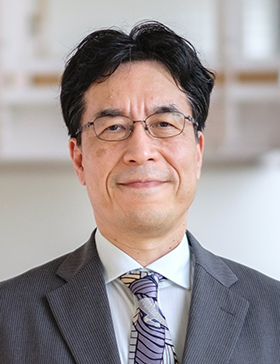2021.3.10
Public Relations Office Column

Shinichi Egawa
Head, Public Relations Office
Lessons from the 2011 Great East Japan Earthquake
10 years have passed since the Great East Japan Earthquake. Recently, IRIDeS has published a book titled 51 Approaches to Disaster Science: Lessons from the 2011 Great East Japan Earthquake. The book, which is written in Japanese by IRIDeS researchers of multiple disciplines, is intended for a broad and diverse readership.
The 2011 disaster was caused by a combination of the greatest earthquake ever recorded in Japan, the subsequent mega tsunami, and the Fukushima Daiichi Nuclear Power Plant meltdown. The immense damage the disaster brought forth shocked the world. Aftershocks of the quake still occur to this day, and various issues that were caused by the disaster have not yet been solved. On the other hand, however, we have learned and improved on many things since then. The lessons of the 2011 disaster have contributed to the Sendai Framework of Disaster Risk Reduction 2015-2030; which is the global disaster risk reduction (DRR) guideline for individual, family, community, national, and international levels.
As a surgeon who specializes on the pancreas, I find strong similarities between both disaster and disease. For starters, both words start with “dis,” which means negation. According to the etymology of the words, disaster means “losing sight of stars,” whereas disease indicated “losing ease” (and discarding vigorousness further back in history). The word “bosai” in Japanese does not have an exact translation in English and is expressed as “disaster risk reduction.” Disaster and disease have something else in common: they both convey a sense of risk. Hazards such as earthquakes, tsunamis, radioactivity, and viruses only become a disaster or disease after attacking a community or the human body. The damage of disasters or diseases depends on what type of hazard attacks us to what extent, on how vulnerable we are, and how effectively we can cope with the resulting consequences.
Bosai is not just a matter of disaster prevention, but of how to minimize the damage, to respond and recover quickly, and to build back better. Researchers of disaster science study hazards, exposure, vulnerability, and coping capacity in various ways; they explore and examine resilience so that human beings can live flexibly and safely on this dynamic, and often times chaotic, planet. I hope the readers of 51 Approaches to Disaster Science: Lessons from the 2011 Great East Japan Earthquake will gain a multifaceted insight of IRIDeS into both the earth and human beings.
